Buscador
Railroad Route
- San Tirso de Abres
- Linear route
- 15 km
- 5 hours
- Download
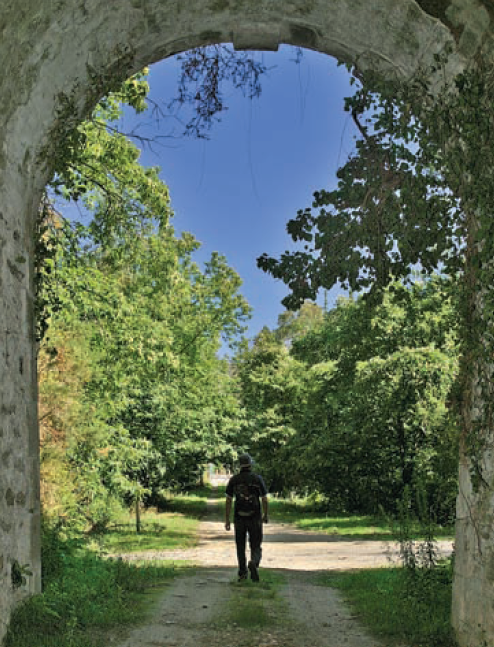
We start the walk in the old station of San Tirso de Abres, today restored for private housing, finding the first of the six tunnels just 300 m away, continuing next to the river Eo enjoying every moment of great panoramic views of the riverbed, of incalculable ecological and fish value, in which abound a large number of aquatic species, the most characteristic being trout, lamprey and salmon. Later the path crosses the N-640 road and leads us to an old power station built in 1932, located just before crossing another of the tunnels drilled in the rock, which leaves us close to the pedestrian walkway over the river Eo.
Shortly after the last tunnel we find some small masonry buildings “casetos”, with slate gable roof that served to house the coal used by the railroad. Following the route we reach the point where Galicia and Asturias come together, on the stream of O Cairo that acts as a natural divide. At this point the Asturian part of the route ends and we can choose to turn back or continue for 6 km. on asphalt until we reach the village of A Pontenova (Lugo), where four calcination furnaces that served to transform the ore transported by the railroad stand.
Hiking trails
-
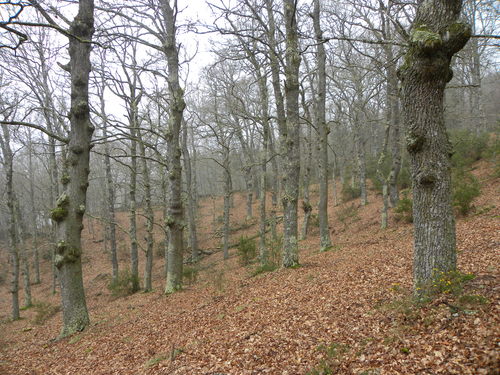
As Carballeiras Green Trail
- Santa Eulalia de Oscos
4.5 km
1 hour 20 minutes
Download
This route starts at the Nature Interpretation Center, in the center of Santa Eulalia de Oscos.
-
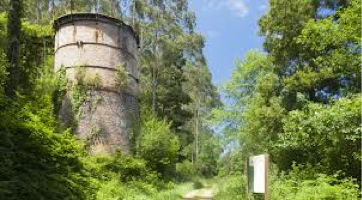
As Minas Route
- Castropol
5 km
1 hour and a half
low
The route starts in the town of Tol. At the crossroads of the church of San Salvador, follow the signs to the parking area Fontequias, in the vicinity of the neighborhood of Cabaleiros.
-
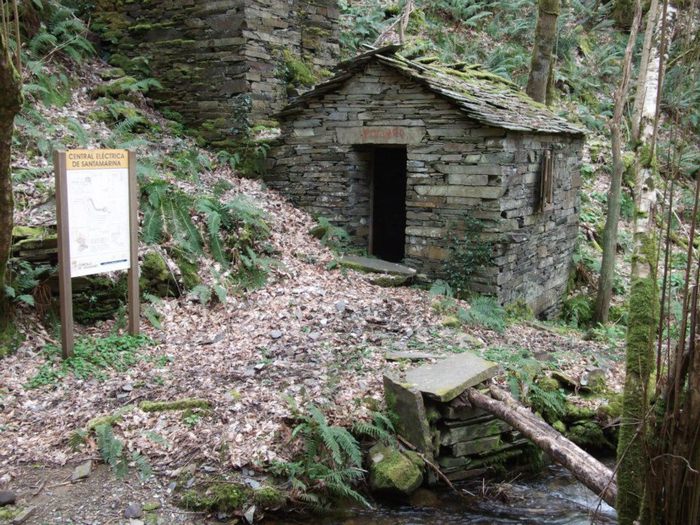
Teixo – Os Teixois Route
- Taramundi
10 km
3 hours and 45 minutes
Media
The itinerary begins in Teixo, where after leaving the vehicle and passing the last houses we start an easy walk along the road that connects this town with Santa Marina, leaving it to the right by a wide dirt track that leads us after a slight descent to the Arroyo das Mestas.
-
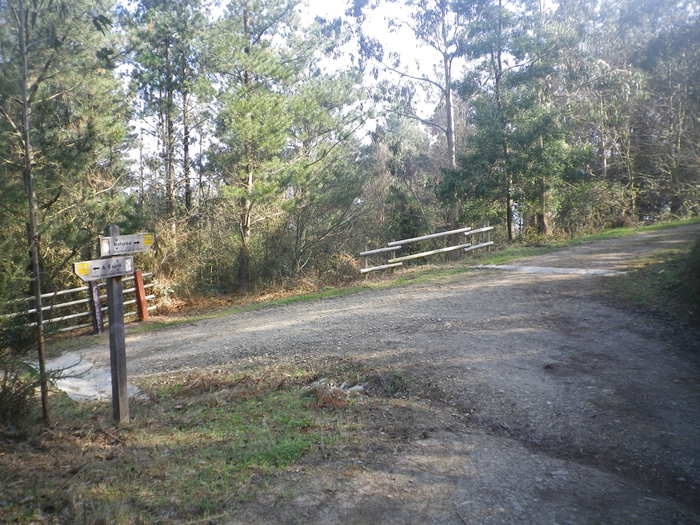
As Minas Greenway
- Vegadeo
13 km
4 hours
Media
The route starts in the town of A Espía (Vegadeo) and is accessed through the AS-11 road that connects Vegadeo with Los Oscos.
-
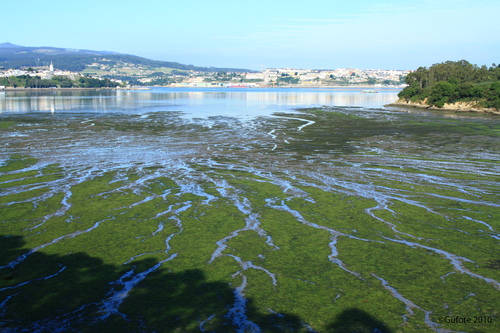
Castropol-Figueras coastal walk
- Castropol
8 km round trip
2 hours
Download
The trail starts at the entrance of the village, where we will find a suitable place to leave the car. After a few meters we will find an information panel that will give us a general idea of the itinerary.
-
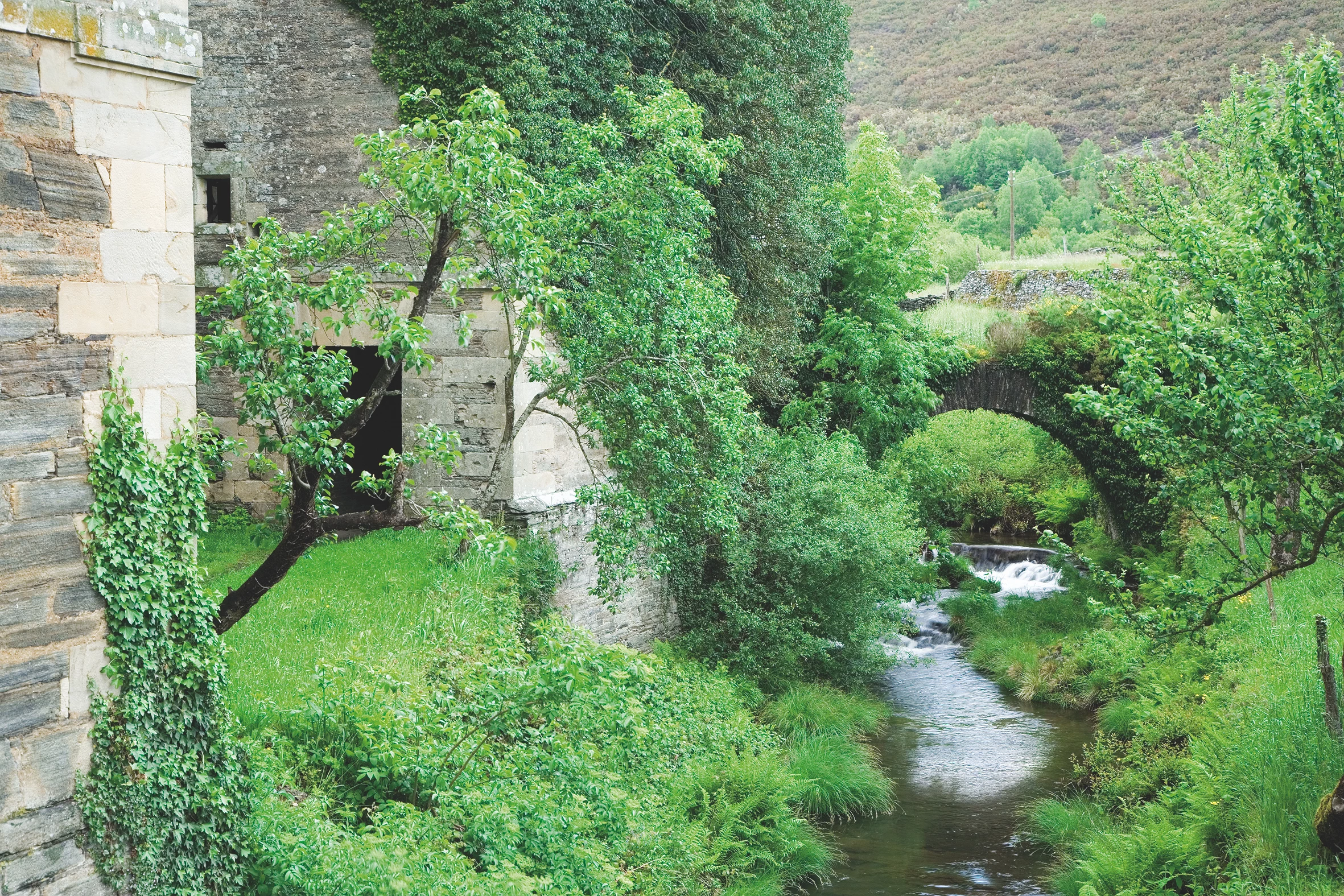
Balcones de Villanueva de Oscos Route
- Villanueva de Oscos
25,272 Km
5 hours
Download
Download the route in PDF and KML and follow the route with your mountain bike or MTB. With different levels of difficulty, duration, slope and length. If you don’t have a bike you can rent one.


